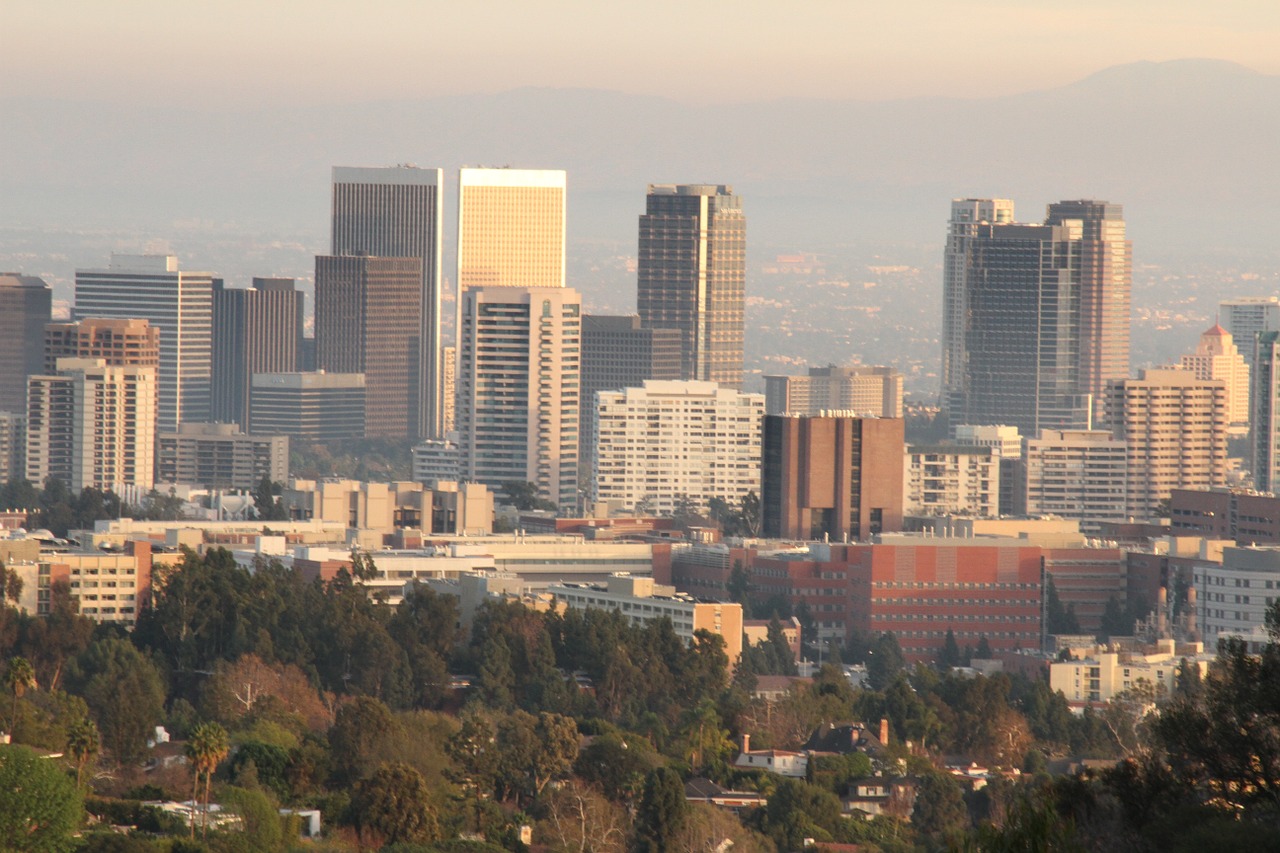By Charles Crumpley, Editor of the LA Business Journal.
The Santa Clarita Valley along with cities in the Antelope and Conejo valleys often market themselves as a kind of low-cost alternative. A business in those places can enjoy the benefits of being in the Los Angeles area but evade many of the high costs associated with the L.A. basin.
In case anyone was wondering, Larry Kosmont last week said it is absolutely fair and accurate for them to make that assertion.
He’s the guy behind the annual Kosmont-Rose Institute Cost of Doing Business Survey, which came out last week. That survey compiles the taxes and fees imposed on businesses by 305 cities in the western United States, mostly California. Not surprisingly, the survey consistently shows that high-cost cities are clustered in California and low-cost ones in Texas.
But, surprisingly, that broad statement can be misleading, he said. Why? Because there are some low-cost cities in California. He uses a scale of 1 to 5, with 5 being the most expensive, to rank each city’s cost of taxes and fees. Agoura Hills, Santa Clarita and Lancaster each got a 2, which is “very low for California,” he said. Westlake Village even scored a 1. By contrast, the cities of Los Angeles, Culver City and Santa Monica got 5s.
So, you might be thinking, that’s fine for cities in Santa Clarita, Antelope, Conejo and Simi valleys to emphasize low costs. But what about the San Fernando Valley? Since most of it is in the city of Los Angeles, businesses there face those 5-level taxes and fees. They can’t make the same low-cost marketing pitch.
Actually, the Valley can make such a pitch, albeit a different one. Other costs, such as real estate (which the Kosmont survey does not address), can be lower in the Valley compared to the rest of Los Angeles.
Take Class A office space. In the third quarter, such space rented for $2.41 a square foot in Woodland Hills compared to $3.71 in the roughly comparable market of the Miracle Mile area of Los Angeles.
Likewise, residential properties can be less. Houses sold for about $500 a square foot in Encino in September, much less than in Culver City, where they went for $678 or $874 (depending on the ZIP code).
The low-cost pitch is about to become more important than ever. Going forward, prices will get much higher in California, Kosmont said. That’s because of the effect of SB 32, designed to drastically cut carbon emissions. That means businesses will be scrambling to cut costs.
For the whole Valley area, the enticement will be a powerful one: Come here. You will reduce costs without having to uproot and move to another state. Come here. We’re just over the hill.
[divider] [/divider]





